

How do you know what residents' learning activities will best help residents learn a specified educational objective assigned to a learning experience? This program is intended to help you answer that question. Programs are sometimes cited during accreditation surveys for having their residents engage in learning activities that are inappropriate, such as when learning activities are too low level to enable residents to learn the intended objective. In these cases, residents might be assigned to observe an activity rather than being actively involved. Improving your understanding of the different learning levels will help you avoid this type of pitfall.
The learning level for each objective is indicated in parenthesis after the objective's number in the Competency Area document, as in the following example with the learning level highlighted in yellow:
Objective R1.1.4: (Creating) Design or redesign safe and effective patient-centered therapeutic regimens and monitoring plans (care plans).
In this example, the word is "Creating" but the word in parentheses changes with different objectives. You can use the material in this program to help ensure that your learning activities are appropriate for teaching associated objectives.
By the end of this program you will be able to:
1. (Understanding) Explain the importance of applying an understanding of learning taxonomies and levels to selecting learning activities for specified objectives.
2. (Remembering) Define the three learning taxonomies.
3. (Understanding) Explain the six learning levels of the cognitive domain.
4. (Analyzing) Determine the appropriateness of a learning activity for a specified objective.
Standard 3 states, in part:
"3.3.c. Learning Experiences
3.3.c.(1) Learning experience descriptions must be documented and include:
...3.3.c.(1)(c) educational goals and objectives assigned to the learning experience;
...3.3.c.(1)(d) for each objective, a list of learning activities that will facilitate its achievement..."
The word in the parentheses, the learning taxonomy and level, provides you with information to help you meet this part of the standard.
There are three learning taxonomies. The first is Bloom's taxonomy1 which describes levels of learning in
the cognitive domain. This is the primary domain reflected in the competency areas, goals and objectives. As stated in "Staff Development in Pharmacy Practice"2, "Cognitive learning involves remembering or recognizing knowledge or developing intellectual skills or abilities."

The second taxonomy, the affective domain, which addresses the realm of emotions and values, is described in Krathwohl's taxonomy3.

The third, defined in Simpson's taxonomy4, is the psychomotor domain, which deals with physical actions and handling of materials.
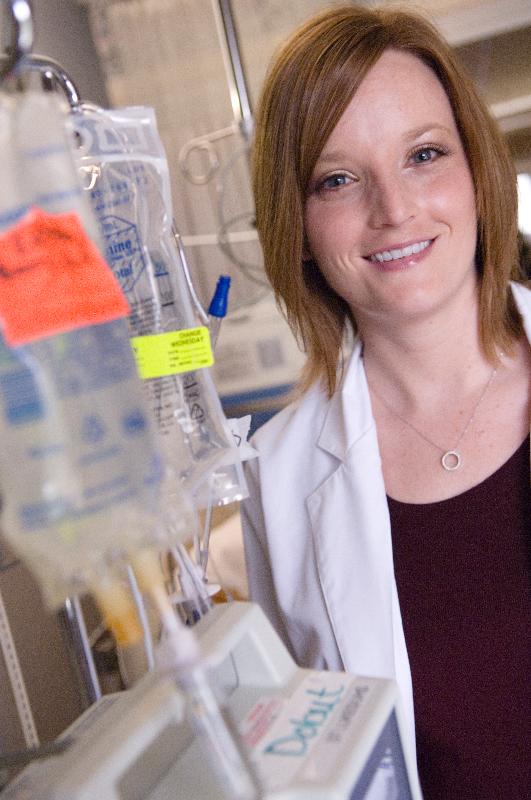
This program will cover the cognitive domain due to it's heavy use in the competency areas, goals and objectives. For further detail on the other domains, refer to the references in the footnotes.
The 2005 Standard and associated outcomes, goals, and objectives used a former version of Bloom's taxonomy. This program refers to the most current version of Bloom's taxonomy. The former terminology will be noted where helpful to the transition.
1Bloom, BS, Krathwohl DR. Taxonomy of educational objectives: the classification of educational goals. Book 1: cognitive domain. New York: Longman; 1984.
2Nimmo, CM. Staff development for pharmacy practice. Maryland: American Society of Health-System Pharmacists; 2000.
3KrathwohlDR. Taxonomy of educational objectives: handbook II, affective domain, New York: David McKay; 1964.
4Simpson, EJ. The classification of educational objectives in the psychomotor domain. The psychomotor domain. Vol. 3. Washington, DC: Gryphon House; 1972.
The cognitive domain, described in Bloom's Taxonomy, comprises most of the objectives since most of a pharmacist's work involves use of intellectual skills and abilities. When reading about the levels, it may be helpful to think of them in two categories:
1. Knowing
Level 1: Remembering (formerly "Knowledge")
Level 2: Understanding (formerly "Comprehension")

2. Doing
Level 3: Applying (formerly "Application")
Level 4: Analyzing (formerly "Analysis")
Level 5: Evaluating (formerly Level 6 and called "Evaluation")
Level 6: Creating (formerly Level 5 and called "Synthesis")

Programs are sometimes cited on surveys for having their residents spend too much time at the "knowing" levels (levels 1-2).
In a residency program, residents should move to the "doing" levels (levels 3-6) as soon as possible and spend the majority of their residency engaged in learning activities at the top four levels.
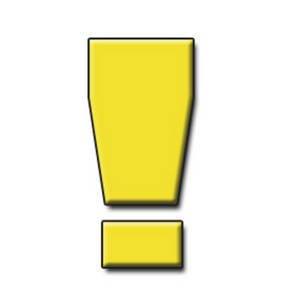
The six levels of cognitive learning progress from most simple to most complex. Review the descriptions and examples of the learning levels of the cognitive domain.

"The following is an interpretation of each of Bloom's levels in pharmacy terms:
Remembering: Pharmacists remember ideas or material. They can recall or recognize the ideas or material, but they cannot necessarily put a memorized definition into their own words."2
Here's an example: List the common side effects of antihypertensive medications.
The knowledge level involves recall of relatively basic information. Notice that the objective states that the resident will only be able to state a list.
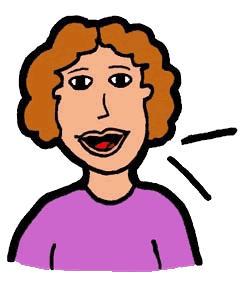
Understanding: Pharmacists grasp the meaning and intent of the material. They can restate what they have learned in their own words and describe the importance of the new material as well as its relationship to related material or ideas."2
Example: Explain the common side effects of antihypertensive medications.
Notice that, while this is still a "knowing" rather than "doing" objective, it involves more depth than the knowledge level. Not only must the resident be able to list common side effectves, they must be able to explain them, demonstrating their understanding.

Applying: Pharmacists use a method, theory, principle, or abstraction that they comprehend to solve a problem that is new to them. They use the correct method, theory, principle, or abstraction without being prompted. Pharmacists at this level of learning can perform the activity described in the objective, but they are not yet creative at it. They are good at selecting the right approach and following it through. They would be stumped by something unusual that required creative thinking. In other words, they can "do" the routine."2
Example: Predict the most likely side effects of antihypertensives in a particular patient.
At the applying level, residents move from "knowing" to "doing." In this case, not only can the resident list and explain side effects, they can do something with this information. In this case, they can predict likely side effects, which allows them to take preventive action and/or provide appropriate patient education.

Analyzing: Pharmacists break down material into its constituent parts to determine its parts, the relationships among the parts, or the principles that organize it. Pharmacists use analysis primarily to distinguish relevant from irrelevant material. An example is selecting pertinent data on which to base a decision."2
Example: Distinguish side effects of antihypertensives from other symptoms in a particular patient.
At the analyzing level, residents are able to use an in-depth understanding in their practice. In the above example, they are able to apply an in-depth understanding of the side effects of antihypertensives which enables them to distinguish what symptoms are side effects and which are not, allowing them to more effectively treat a patient.
Evaluating: Pharmacists can judge the worth of their own and of peers' work according to objective criteria."2
Example: Critique the design of an antihypertensive regimen.
The resident at this level has developed a level of expertise that allows them to effectively evaluate, judge or critique their own work or that of others. They have internalized criteria that allows them to compare work to a set of standards.
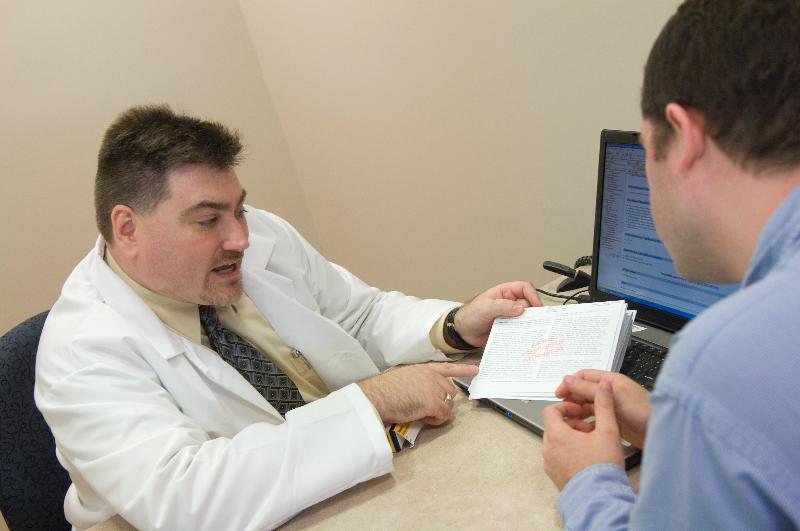
Creating: Pharmacists create something new, such as a medication regimen for a patient with numerous medical problems requiring an innovative approach to avert drug interactions and adverse drug reactions. When confronted with a complex problem, they can devise solutions that are not in the standard list of what to do."2
Example: Design an antihypertensive regimen that minimizes side effects in a particular patient.
In this case, if confronted with an atypical or complicated patient, the resident has reached a level of skill that he or she can make modifications not directly taught. Their level of expertise allows them to make necessary, but perhaps previously untried, modifications.
Here are the pharmacy examples of objectives from the last few screens in one place for comparison purposes.
|
Level:
Remembering
|
Sample Objective:
List the common side effects of antihypertensive medications. |
|
Understanding
|
Explain the common side effects of antihypertensive medications.
|
|
Applying
|
Predict the most likely side effects of antihypertensives in a particular patient.
|
|
Analyzing
|
Distinguish side effects of antihypertensives from other symptoms in a particular patient.
|
|
Evaluating
|
Critique the design of an antihypertensive regimen.
|
|
Creating
|
Design an antihypertensive regimen that minimizes side effects in a particular patient.
|
Before we get into more examples of how this information can be useful, get more comfortable with the levels of learning in the cognitive domain with these activities.
In the crossword activity, fill in the cognitive learning level for each given definition.

Click on the DragNDrop activity and arrange the cognitive learning levels of Bloom's taxonomy into their correct order.

Match the objective with its learning level in this activity:
Show/hide comprehension question...
Use your knowledge of the taxonomies and learning levels to help your program avoid the following
(highlighted in yellow).
Learning activity level is too low for the level of the objective it is intended to teach.
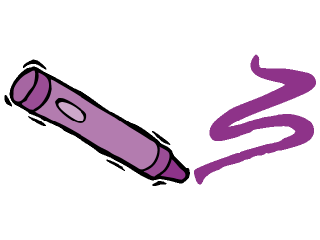
Look at this example of a learning activity that has a learning level that is below the learning level of the objective it is intended to teach:
Here is the objective:
Objective R2.1.2: (Creating) Develop a plan to improve the patient care and/or medication-use system.
Here is the learning activity:
The resident is assigned to sit in and observe a committee that is responsible for developing a plan to make a specified improvement in patient care and/or medication-use system. The resident observes and discusses the process with their preceptor.
This learning activity (observing committee meetings) is at the "understanding" level. The objective is at the "creating" level. To bring the activity up to the "creating" level, the resident must not only observe in the committee, he/she must also take an active role on the committee, such as by developing one of the plans considered by the committee.
Learning activity level is too high for the level of the objective it is intended to teach.
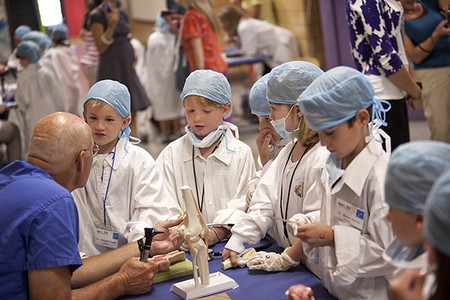
Here is the objective:
Objective R3.2.1: (Understanding) Explain factors that influence departmental planning.
Here is the learning activity:
The resident is assigned to make recommendations as input to the departmental planning process.
In this case, the objective is at a low level, "understanding", which requires only an understanding of factors that influence departmental planning. The activity is at a level that is above the level of the objective, requiring skills at the "creating" level (creating a recommendation).
An appropriate learning activity for the level of this objective would be to discuss, write a summary, or explain to students the factors that influence departmental planning. These activities are at the "understanding" level at which a learner should be able to explain the material in their own words.

Example 1:
Objective R4.1.2: (Applying) Use effective presentation and teaching skills to deliver education.
Learning Activity:
After assuring that the resident is ready, assign the him/her to make a presentation and/or use teaching skills to counsel and educate patients and caregivers regarding medication therapy, adverse effects, compliance, appropriate use, handling, and medication administration.
This activity matches the "applying" level of the objective. It would not be at the same (applying) level as the objective if the resident observed someone else making a presentation or counsel a patient or if they had been assigned to read about and discuss presentation skills or patient education techniques. It should be noted that it is appropriate to start at the lower levels and build up to the applying level as soon as the resident is ready.
Example 2:
Objective R3.2.2 (Understanding) Explain the elements of the pharmacy enterprise and their relationship to the healthcare system.
Learning Activity:
A resident does a presentation on the elements of the pharmacy enterprise and their relationship to the healthcare system
based on research they have done on this subject. This activity matches the "understanding" level of the objective.
It would not be at the same level as the objective if the resident was assigned to use a specified leadership skills when leading a committee. That would be at the higher "applying" level.
Try these questions: Determine if the learning level of the objective and activity match.
Show/hide comprehension question...
Show/hide comprehension question...
Show/hide comprehension question...
Show/hide comprehension question...
Show/hide comprehension question...
Show/hide comprehension question...
Now that you know how to determine if the learning level of an objective and learning activity match, check how well the objectives and learning activities in your program match. You'll be able to meet this element of the standard with flying colors!
